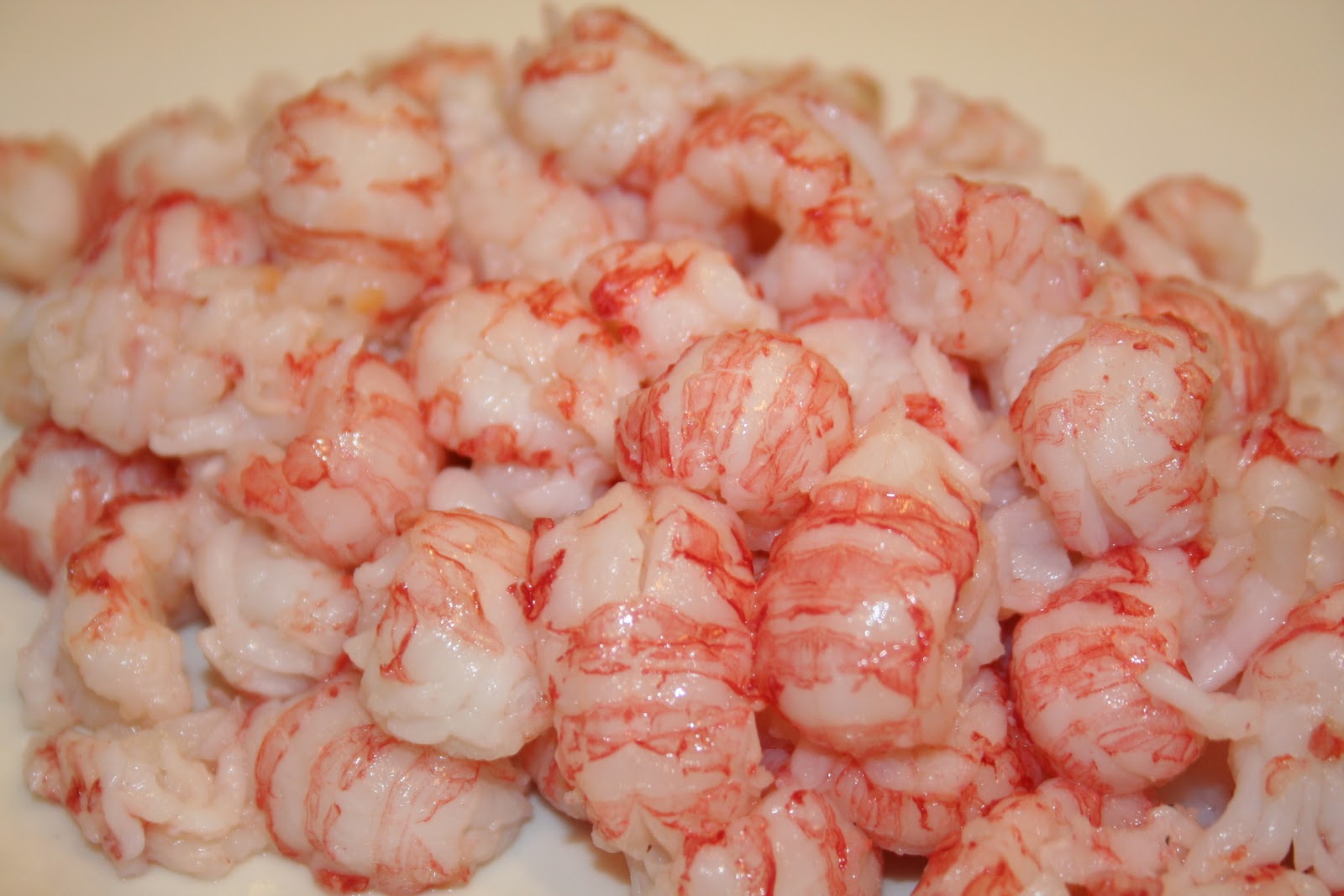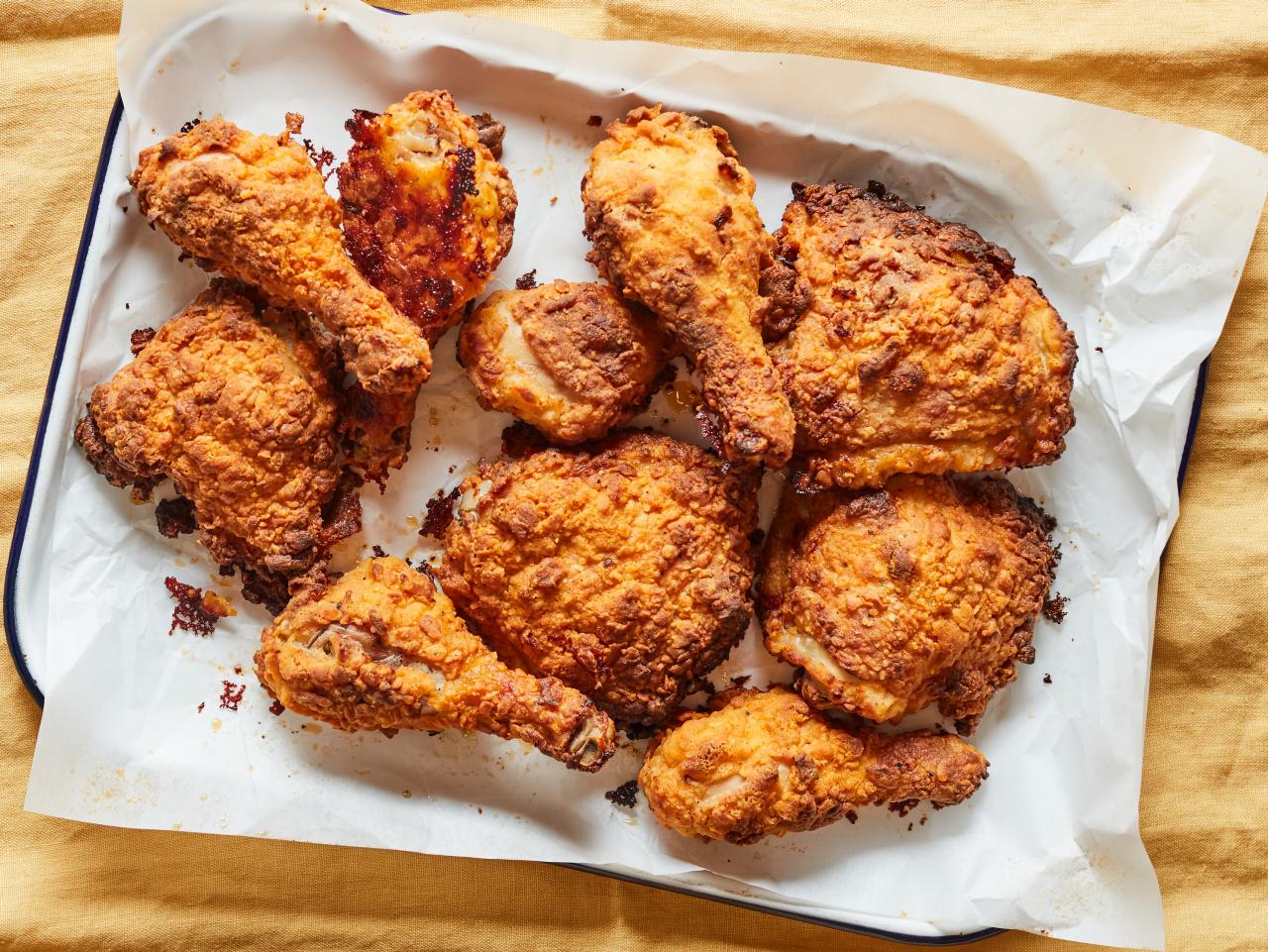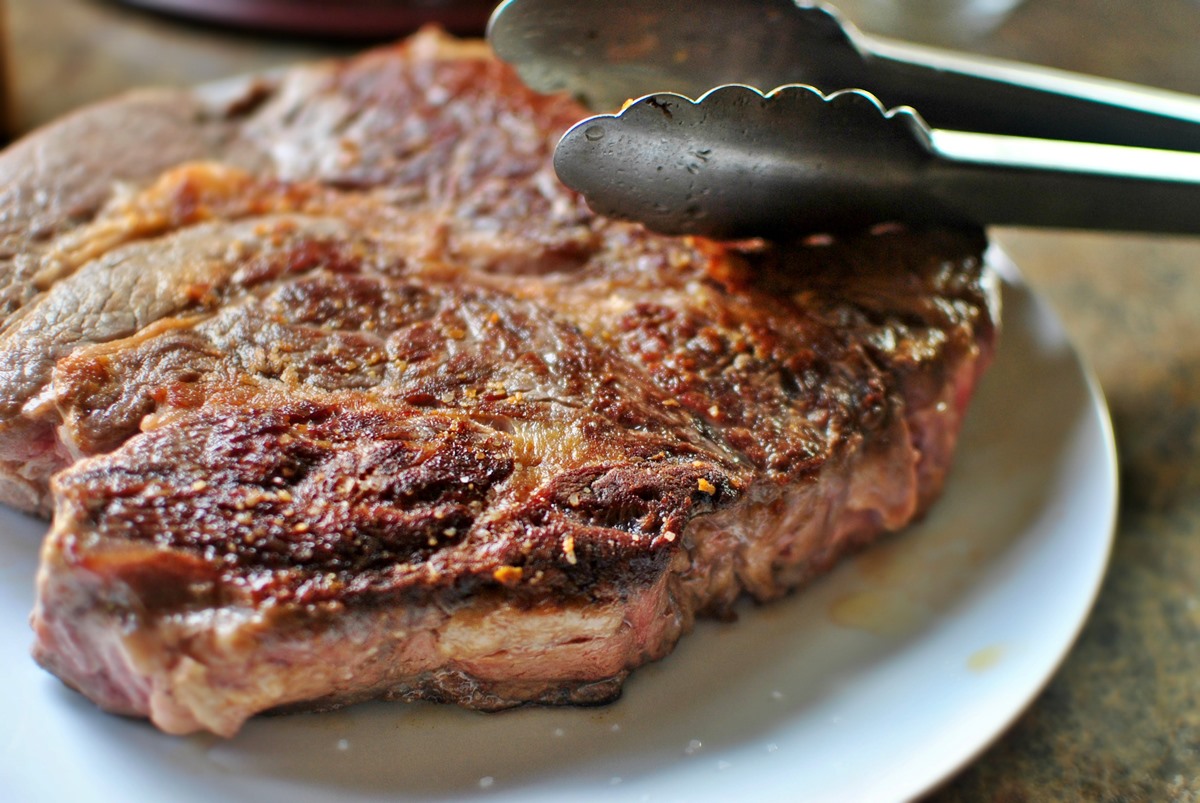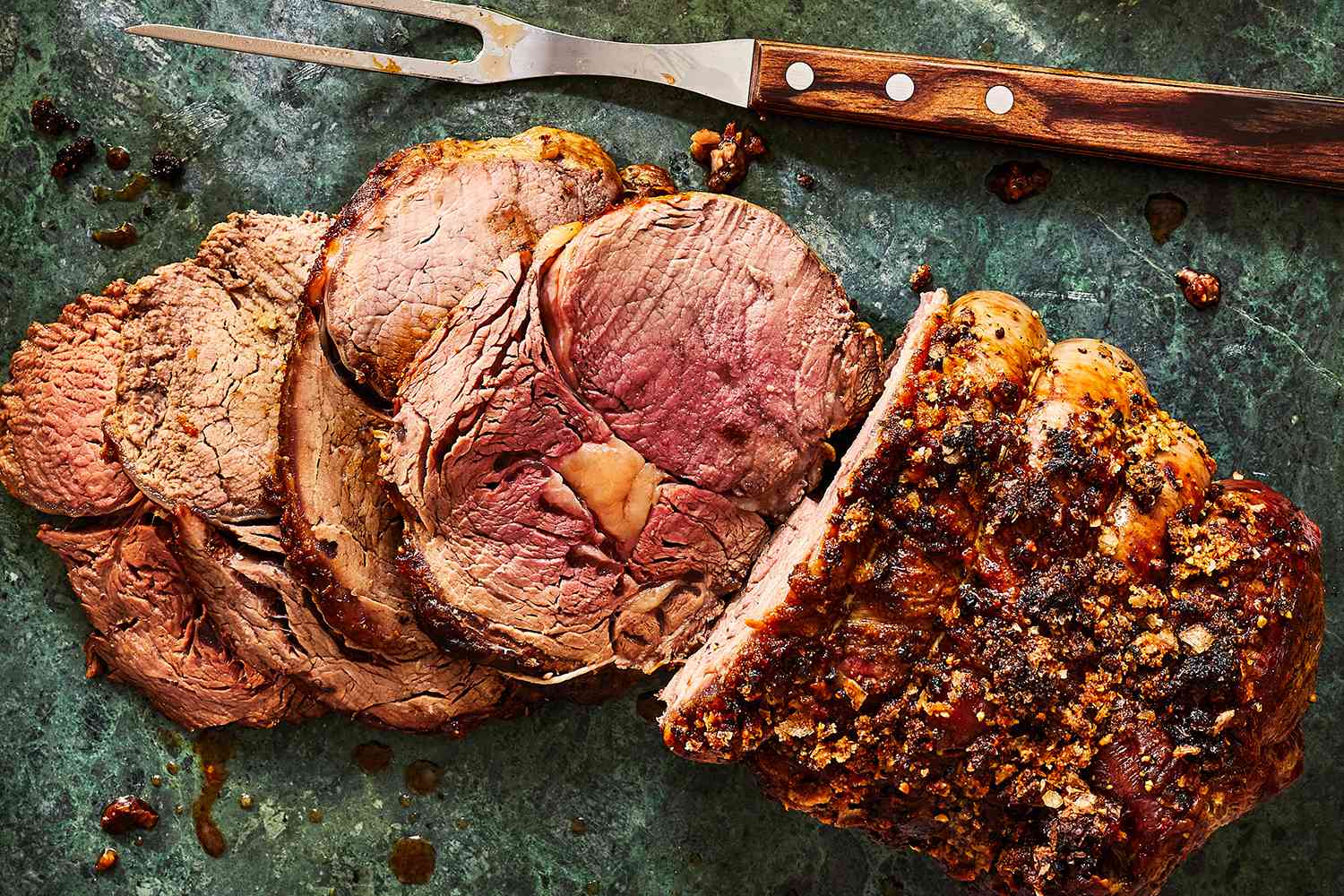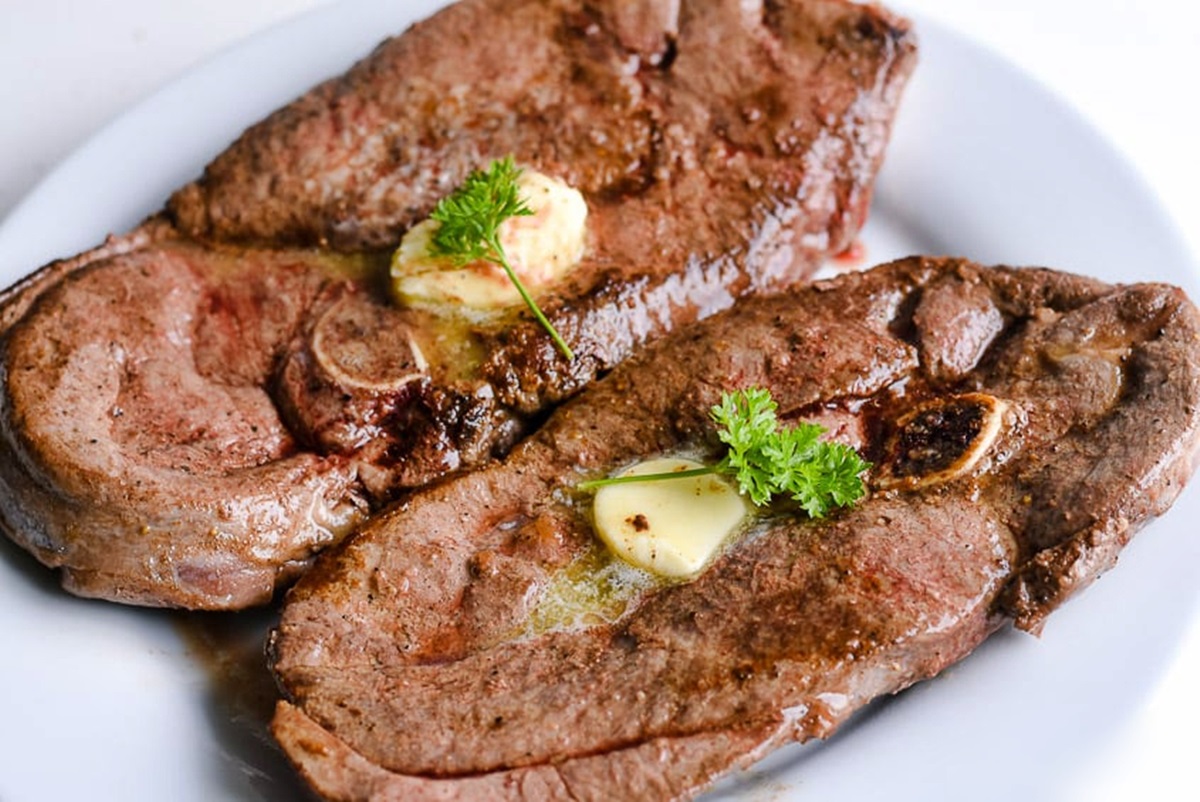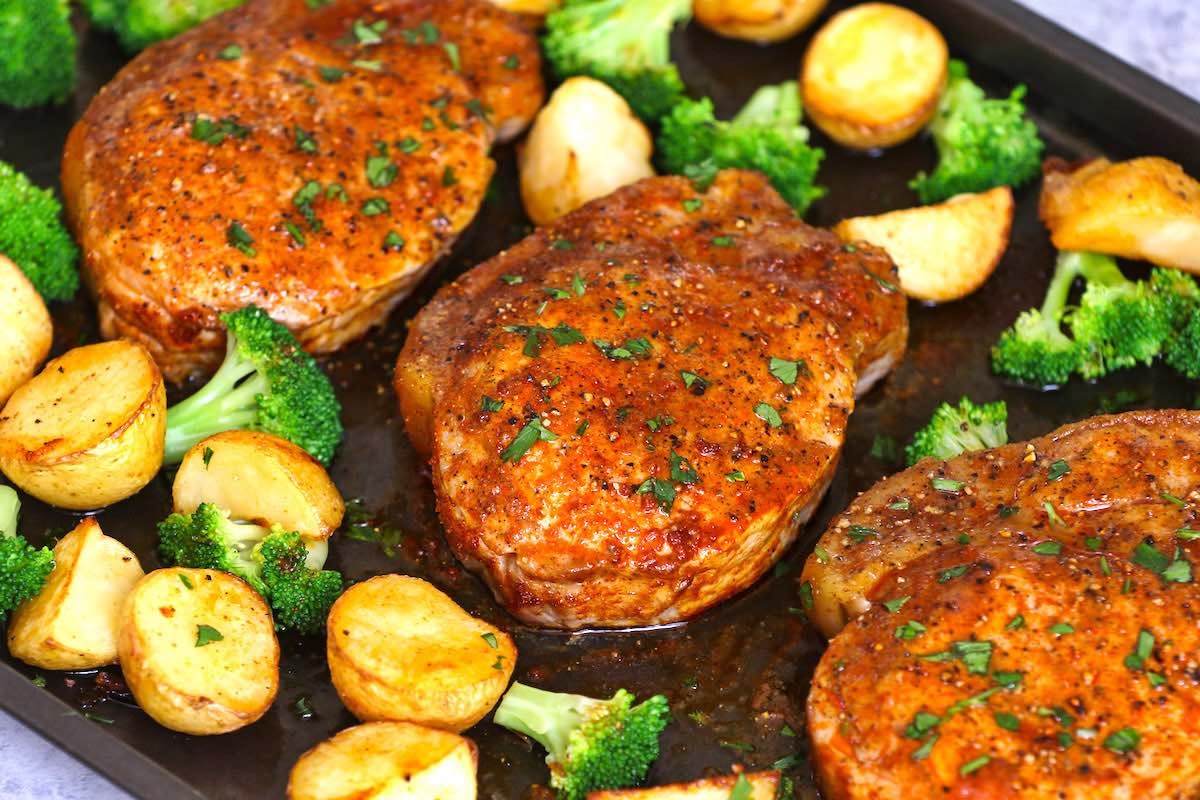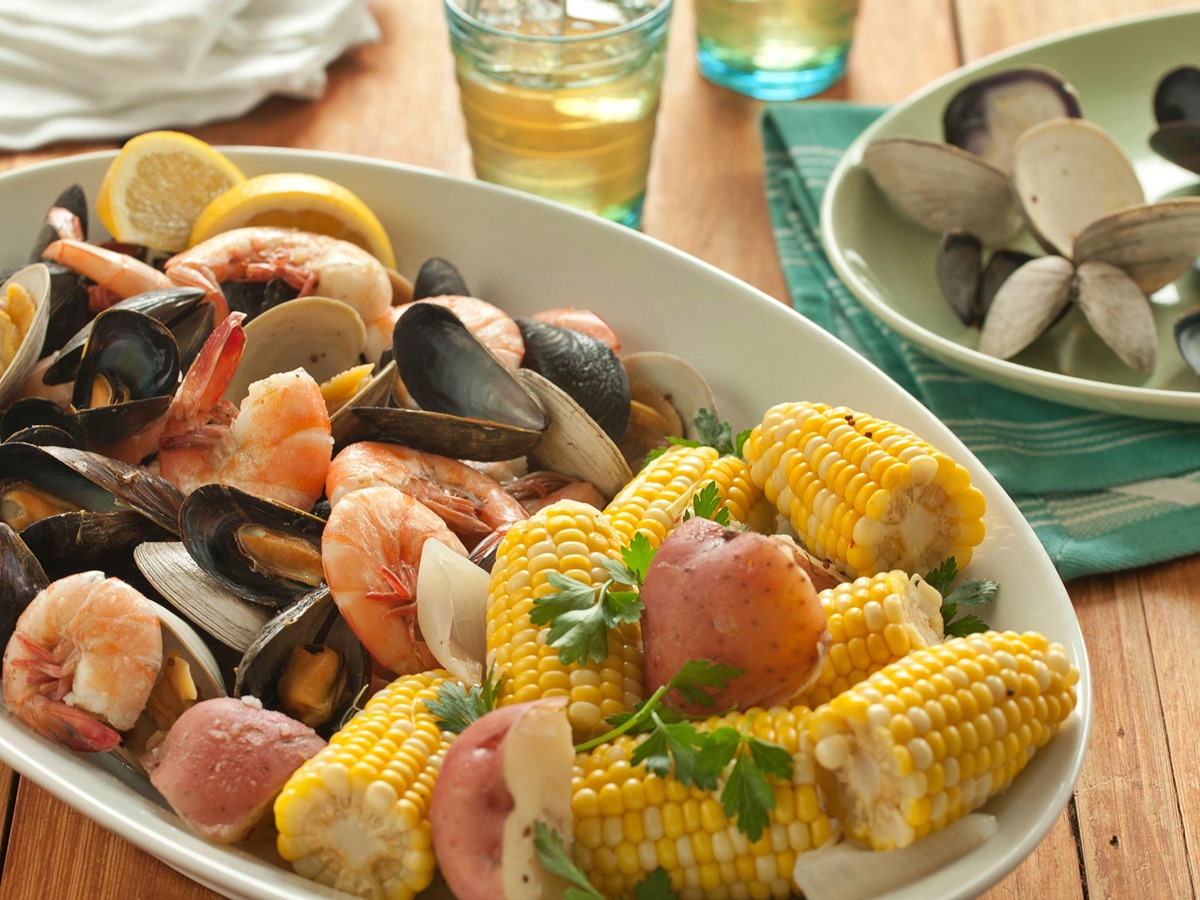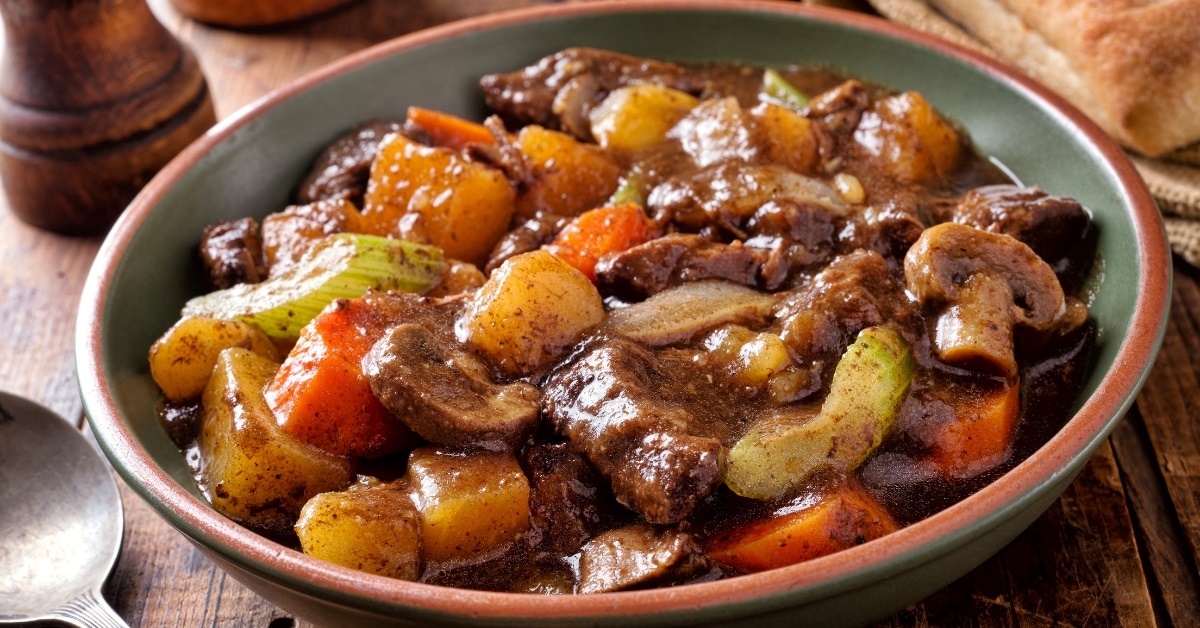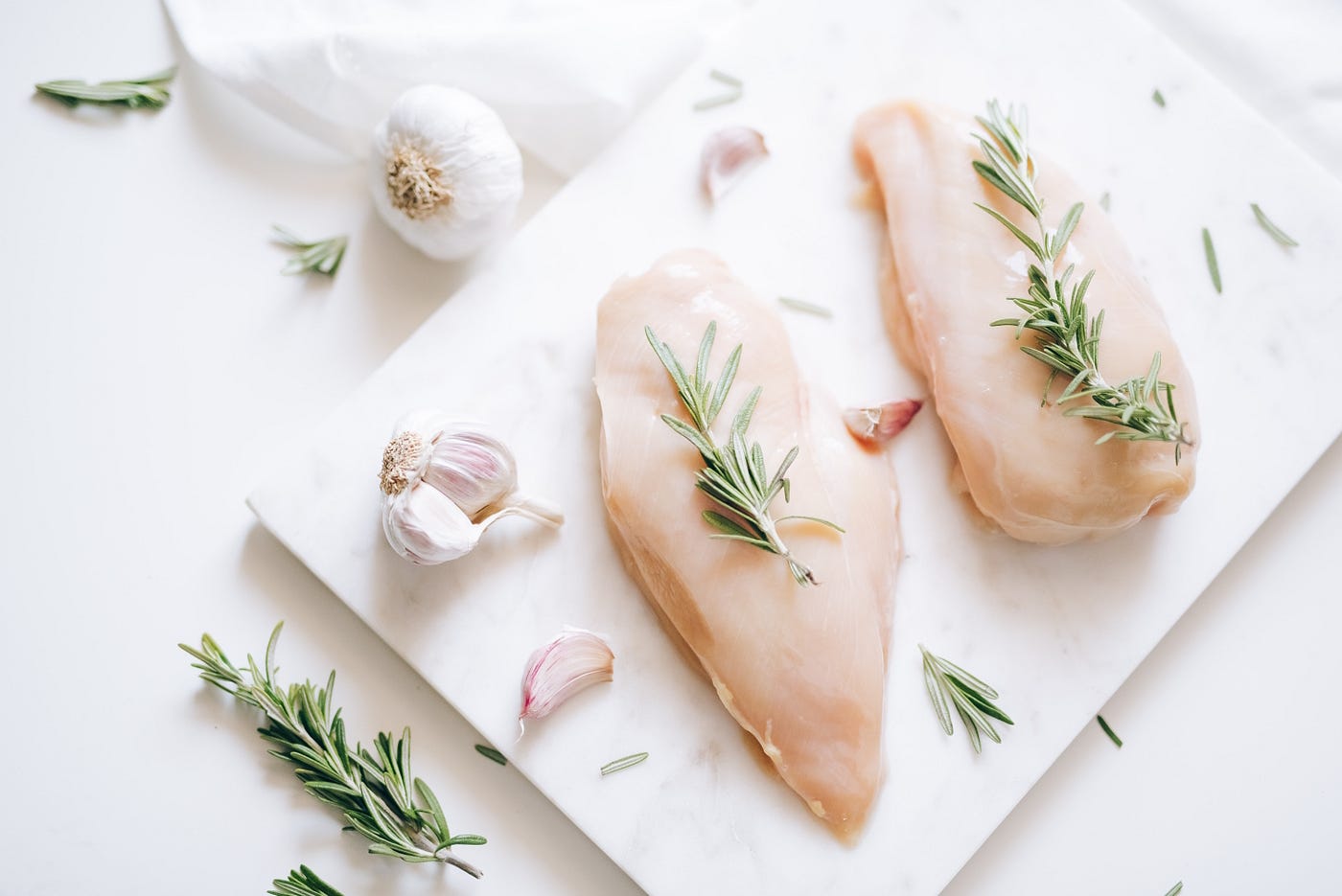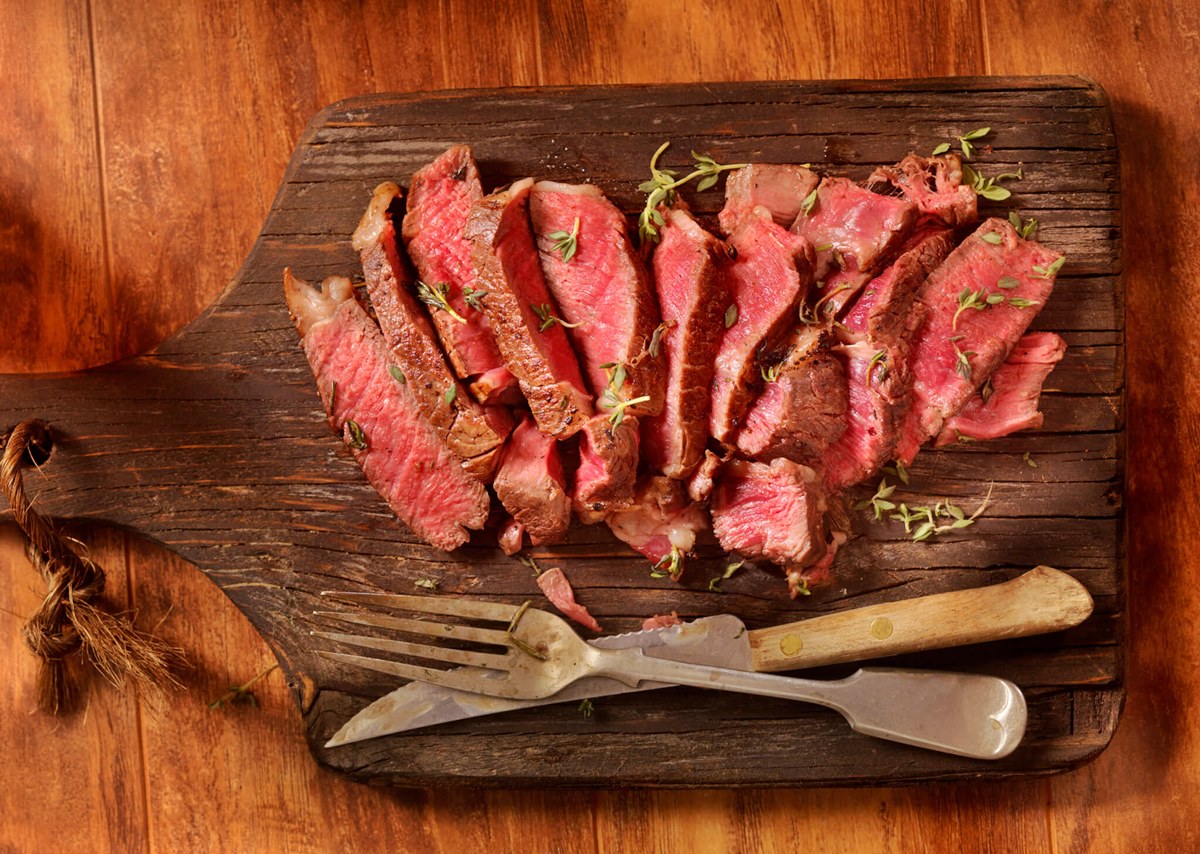Cooking a pork shoulder blade steak can transform your dinner into a memorable feast. This cut, known for its rich flavor and tenderness, requires specific techniques to unlock its full potential. Whether you're aiming for a juicy sear on the stovetop or a slow roast in the oven, mastering the art of cooking this steak ensures a delicious outcome. From marinating for added flavor to understanding the perfect cooking time, this guide will walk you through each step. Get ready to impress your taste buds and guests alike with your culinary skills. Let's dive into the world of pork shoulder blade steaks.
Essential Ingredients for Your Pork Shoulder Blade Steak
- Pork shoulder blade steaks (about 1 inch thick)
- Olive oil (for brushing)
- Salt (to taste)
- Black pepper (freshly ground, to taste)
- Garlic powder (optional, for seasoning)
- Onion powder (optional, for seasoning)
- Dried thyme (optional, for seasoning)
- Dried rosemary (optional, for seasoning)
Must-Have Tools for Perfect Pork Shoulder Blade Steak
- Sharp knife
- Cutting board
- Measuring spoons
- Measuring cups
- Skillet or frying pan (preferably cast iron)
- Tongs
- Oven-safe thermometer
- Aluminum foil
- Baking sheet or roasting pan
For tender pork shoulder blade steak, marinate overnight. Cook on medium heat, searing each side for 4-5 minutes. Let rest before slicing to retain juices, ensuring a flavorful, moist cut.
The Secret Behind Cooking a Perfect Pork Shoulder Blade Steak
Cooking a pork shoulder blade steak perfectly involves mastering temperature and timing. High heat sears the outside, locking in juices, while a lower temperature finishes the cooking inside. This method ensures a tender, flavorful steak every time, transforming an affordable cut into a delicious meal.
Understanding the cut's characteristics is crucial. Pork shoulder blade steaks, rich in fat and connective tissues, require careful cooking to break these down effectively. Proper technique turns potential toughness into succulent tenderness, elevating the dining experience and showcasing the chef's skill in making the most of diverse ingredients.
Your Ultimate Guide to Cooking Pork Shoulder Blade Steak
-
Selecting Pork Shoulder Blade Steak: Choose steaks that are about 1 inch thick for even cooking. Look for marbling, as fat throughout the meat adds flavor.
-
Preparation:
- Remove steaks from the refrigerator at least 30 minutes before cooking. This step ensures even cooking.
- Pat dry with paper towels to remove excess moisture. Moisture on the surface can prevent proper searing.
-
Seasoning:
- Generously season both sides with salt and pepper. Feel free to add other spices or herbs according to taste, such as garlic powder, onion powder, or smoked paprika.
-
Heating the Pan:
- Place a cast-iron skillet or heavy frying pan over medium-high heat. Allow it to get hot, which might take a few minutes.
- Add oil with a high smoke point, such as canola or vegetable oil, to the hot pan. Enough to coat the bottom.
-
Cooking:
- Carefully place the seasoned steaks in the pan. They should sizzle upon contact if the pan is properly heated.
- Cook without moving them for about 4-5 minutes on one side. This time allows a crust to form.
- Flip the steaks using tongs and cook for another 3-4 minutes on the other side for medium-rare. Adjust cooking time for desired doneness.
-
Adding Flavor:
- In the last minute of cooking, add a tablespoon of butter, some crushed garlic, and fresh herbs like thyme or rosemary to the pan.
- Spoon the melted butter and juices over the steaks repeatedly. This technique is called basting and adds flavor while keeping the meat moist.
-
Resting the Meat:
- Transfer the steaks to a cutting board or plate.
- Tent loosely with foil and let them rest for about 5-10 minutes. Resting allows juices to redistribute throughout the meat, ensuring a juicy steak.
-
Serving:
- After resting, the pork shoulder blade steaks are ready to serve. They can be enjoyed as is or with your favorite sides like mashed potatoes, vegetables, or a salad.
This method for cooking pork shoulder blade steak emphasizes the importance of preparation, proper heating, and resting for achieving a flavorful and juicy result.
Mastering the Art of Pork Shoulder Blade Steak
Cooking a pork shoulder blade steak to perfection isn't just about following a recipe. It's about embracing the process and understanding the nuances that turn a good steak into a great one. Remember, patience and attention to detail are your best friends in the kitchen. Whether you're searing it on a high flame for that perfect crust or slow-cooking it to achieve tenderness and flavor, each step is crucial. Experiment with different seasonings and cooking methods to find what works best for you. And don't forget, letting your steak rest before serving ensures all those delicious juices stay where they belong – in your steak, not on the cutting board. So, go ahead, give it a try. With practice and a bit of culinary curiosity, you'll be dishing out mouth-watering pork shoulder blade steaks that'll impress anyone lucky enough to get a taste.
For those looking to master the art of cooking pork shoulder blade steak, the article provides a variety of delicious recipes to try. Readers might enjoy the Classic Grilled Pork Shoulder Blade Steak with Chimichurri Sauce for a fresh and zesty kick, or the Smoky BBQ Pork Shoulder Blade Steak with Grilled Vegetables for a hearty, smoky flavor. For those who love bold spices, the Spicy Cajun Pork Shoulder Blade Steak with Corn on the Cob offers a fiery twist that pairs perfectly with sweet corn. Another excellent choice is the Garlic Herb Marinated Pork Shoulder Blade Steak with Roasted Potatoes, which combines savory herbs with tender, flavorful potatoes. Lastly, the Mediterranean Pork Shoulder Blade Steak with Feta and Olives provides a light, tangy option that is sure to impress.
All Your Questions About Pork Shoulder Blade Steak Answered
What's the best way to season a pork shoulder blade steak?
Kick things off by rubbing your steak with a mix of salt, pepper, garlic powder, and smoked paprika. This combo brings out the meat's natural flavors and adds a smoky kick. For an extra layer of taste, marinate it in your favorite blend of herbs and spices mixed with olive oil for at least an hour, or overnight if you've got the time.
How long should I cook a pork shoulder blade steak?
Cooking times can vary based on thickness, but a general rule of thumb is to cook it for about 4-5 minutes per side on medium-high heat if you're aiming for a perfectly pink center. If you prefer it well-done, extend the cooking time to 6-7 minutes per side. Always let it rest for a few minutes before slicing to keep it juicy.
Can I cook pork shoulder blade steak in the oven?
Absolutely! Preheat your oven to 400°F (200°C). Sear the steak on both sides in a hot skillet, then transfer it to the oven. Bake for about 10 minutes for a medium-rare finish or 15-20 minutes for well-done. Remember, oven times can vary, so it's wise to use a meat thermometer to ensure it's cooked to your liking.
What's the ideal internal temperature for pork shoulder blade steak?
For a juicy and safe-to-eat pork shoulder blade steak, aim for an internal temperature of 145°F (63°C) for medium-rare. If you prefer your steak well-done, look for a temperature around 160°F (71°C). Always let the steak rest for a few minutes after cooking; this allows the juices to redistribute, making every bite as delicious as the first.
Is it necessary to marinate a pork shoulder blade steak?
While not strictly necessary, marinating can enhance the meat's tenderness and flavor. A simple marinade of olive oil, lemon juice, garlic, and your choice of herbs can do wonders. Even just 30 minutes of marinating makes a difference, but for the best results, let it soak up those flavors overnight in the fridge.
What are some good side dishes to serve with pork shoulder blade steak?
You've got loads of options here. Roasted vegetables, mashed potatoes, or a crisp green salad all complement the rich flavors of the pork. For something a bit different, try serving it with a tangy coleslaw or a refreshing cucumber salad to cut through the meat's richness.
Any tips for ensuring my pork shoulder blade steak is tender and not tough?
Sure thing! First off, don't skip the marinating; it really helps tenderize the meat. Also, avoid cooking it on too high heat for too long, as this can dry it out. Finally, slicing the steak against the grain after it's rested will make each piece more tender and easier to chew.
Was this page helpful?
Read Next: How To Cook A Whole Chicken From Frozen
